The next school curriculum we’re considering as part of our core curriculum series is at another excellent Virginia institution - William & Mary (if you missed last week’s post on UVa’s curriculum, check that out as well!).
Luckily for all of us, William & Mary’s curriculum is a bit less complicated than UVa’s! Both schools are in the middle of shifting from one core curriculum to another, so it is important to note that the curricula we discuss in our posts are for students entering this year - current students may be following a different core curriculum.
All William & Mary students follow the College Curriculum. In addition to the required College Curriculum courses, students must also take one elective course in each of three Knowledge Domains. Let’s start by diving into the College Curriculum.
Year 1: COLL 100 & COLL 150
In their first year, students are required to take one college curriculum course each semester. COLL 100 encourages students to explore “big questions and big ideas,” giving them a broad theoretical knowledge within one or more disciplines. Some examples of COLL 100 courses this year include “Selfies: Self-Representation and Mediation,” “Designer Genes,” “Earth, Science, and Society,” “Africa Rising?” and “What Can We Learn from Babies?”
COLL 150 classes are small seminars aimed at improving students’ writing and analytical abilities, focusing on more narrow topics than COLL 100. Some examples of COLL 150 courses this year include “Travel Writing,” “Emerging Diseases,” “Sports & Economics,” “Law & Film,” and “Geology & Science Fiction.”
Year 2: COLL 200
During their second year, students need to take three COLL 200 courses, one in each Knowledge Domain (see the next section for a deep dive into Knowledge Domains). These courses are meant to familiarize students with the connections between different disciplines, highlighting similarities and differences across academic areas of study while focusing a little deeper on an academic discipline of the student’s choice. Many introductory courses meet this requirement, such as “Introduction to African Studies,” “Introduction to Engineering Design,” “Introduction to Archaeology,” “Foundations of Education,” or “Introduction to Global Health.” COLL 200 courses enable students to gain a broad foundation in different subjects, and to learn more about academic disciplines to make sure they make the right choice of major at the end of the year!
Year 3: COLL 300 & COLL 350
Third year students are also required to take a college curriculum course each semester. COLL 300 attempts to familiarize students with the larger global community. As a result, this requirement can be met through study abroad programs, research experiences abroad, the W&M in DC program, or selected courses on campus. Many students will meet this requirement through a semester abroad, though.
COLL 350 courses are meant to explore issues of difference, equity, and justice, and are offered across disciplines with an added component to connect course material with contemporary life in the United States.
Year 4: COLL 400
COLL 400 is the requirement that graduating students at W&M participate in a capstone experience. This experience may include an honors program or honors thesis, independent study, research project, or upper-level seminar.
Knowledge Domains
To meet the COLL 200 requirement, students at W&M are required to take one three-credit course in each of the three Knowledge Domains:
Arts, Letters, and Values asks students to look at their own and others’ values and how they are expressed and evaluated. This requirement is met by courses in the arts, English, philosophy, or music.
Cultures, Societies, and the Individual is a domain that explores human cultures and how they develop and interact. Courses in cultural studies, anthropology, economics, history, politics, religion, or psychology often carry this designation.
Natural World and Quantitative Reasoning is the domain that includes many hard sciences and mathematics courses. Students can take a class in chemistry, physics, engineering, mathematics, kinesiology, or psychology to meet this requirement.
Proficiencies
Yes, there’s more! In addition to the College Curriculum, there are certain proficiencies that William & Mary students also have to meet in order to graduate. The difference between the proficiencies and the rest of the curriculum is that most proficiencies can be met by classes that students took in high school or AP credits, so it is possible for a student to come in having met two of the three proficiencies already (this is how Shannon entered William & Mary, and she was very excited that she didn’t have to take a college math class!).
The Foreign Language Proficiency is met if a student has already taken four years of a single language in high school. If you haven’t done this (and we think you should!), the proficiency can also be met through AP or IB credit or by taking a 200-level language course at William & Mary. Students whose first language is not English can petition for an exemption from this requirement.
The Math Proficiency can be met by AP credit for calculus or statistics. If a student does not complete calculus or statistics in high school, they can meet this requirement with ANY William & Mary math course (for students who are less than enthusiastic about math, might we recommend “Math-Powered Flight”?).
The Creative and Performing Arts Proficiency is the one that does need to be met through a William & Mary course. Students can take a two- or three-credit course in music, dance, art, drama, or creative writing to meet this requirement.
As always, we’ll highlight three key takeaways from this curriculum:
1. You are in the same boat AS YOUR PEERS
Unlike UVa’s curriculum, there is really only one pathway through William & Mary (unless you are in a special program like the joint degree programme with St. Andrews). That means that you will be able to share interesting theories you learned in COLL 100 with your freshman roommate, or commiserate over the heavy COLL 150 writing load together. This type of curriculum, with small required seminars, can really help students to connect with others in their class year who are taking some of the same required courses.
2. But you still have options!
As with UVa’s curriculum, none of the William & Mary requirements are met by only one course. In fact, the number of courses that restrict a student to pursue one particular discipline are very few (only three courses total over the four-year period). That means that you can meet the requirements with the classes that are most interesting to you, while still gaining a breadth of experience early on to help you explore new disciplines and select your major.
3. HIgh School Courses Help
Believe me, it is really nice to get to college and realize that those foreign language and math proficiencies are already taken care of! While a strong curriculum can definitely help you in the admissions process, it is also worth putting in the work to get those requirements out of the way and build more flexibility into your schedule (did we already mention that Shannon didn’t have to take a single math class in college??).












